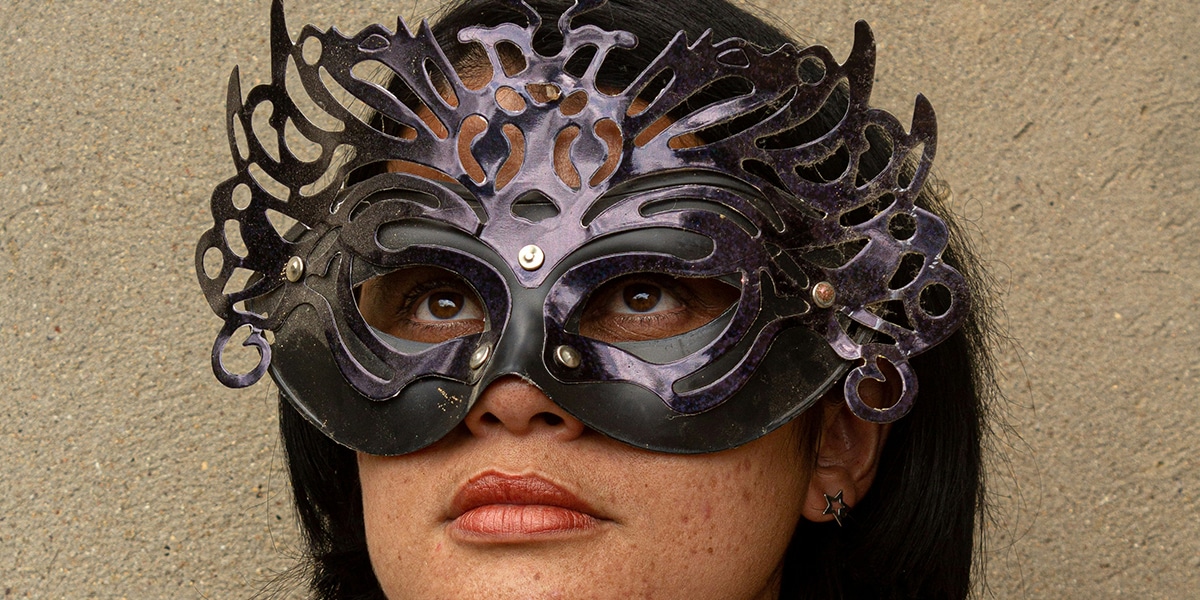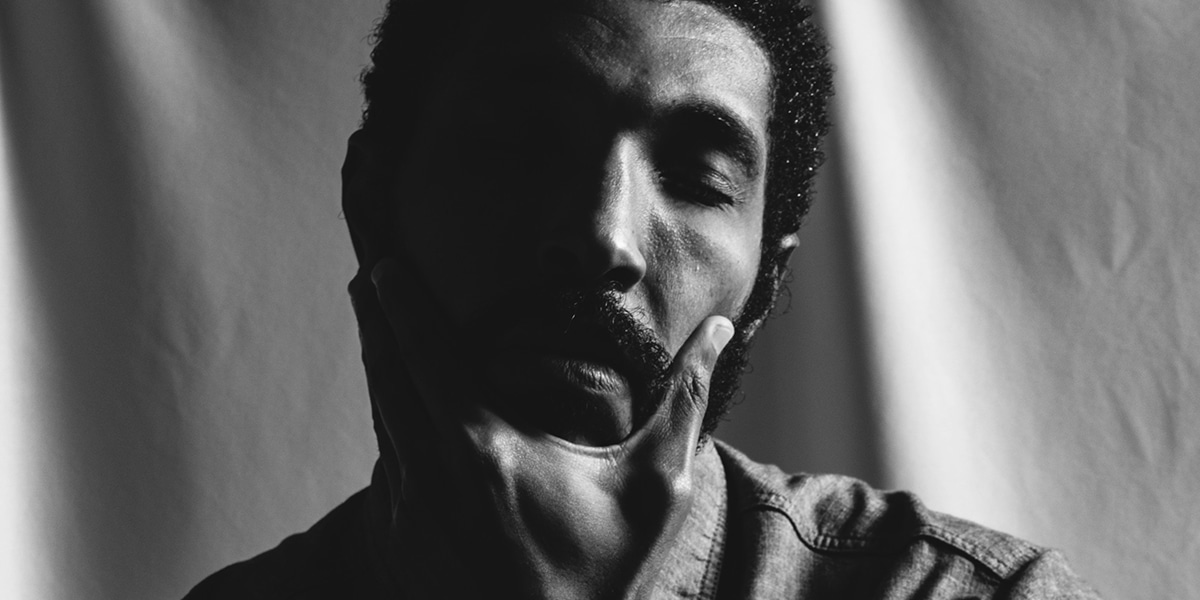Fat Tuesday, for many Catholics, is an exercise in excess. It’s a day where many eat probably more than they should before a season of sacrifice begins. But what are the Catholic roots behind it?
Mardi Gras, literally “Fat Tuesday,” has grown in popularity in recent years as a raucous, sometimes hedonistic event. But its roots lie in the Christian calendar, as the “last hurrah” before the season of sacrifice begins on Ash Wednesday. That’s why the enormous party in New Orleans, for example, ends abruptly at midnight on Tuesday, with battalions of street sweepers pushing the crowds out of the French Quarter towards home.
What is less known about Mardi Gras is its relation to the Christmas season, through the ordinary-time interlude known in many Catholic cultures as Carnival. Ordinary time, in the Christian calendar, refers to the normal “ordering” of time outside of the holy seasons.
Carnival comes from the Latin words carne vale, meaning “farewell to the flesh.” Like many Catholic holidays and seasonal celebrations, it likely has its roots in pre-Christian traditions based on the seasons. Some believe the festival represented the few days added to the lunar calendar to make it coincide with the solar calendar; since these days were outside the calendar, rules and customs were not obeyed. Others see it as a late-winter celebration designed to welcome the coming spring. As early as the middle of the second century, the Romans observed a Fast of 40 Days, which was preceded by a brief season of feasting, costumes and merrymaking.
The Carnival season kicks off with the Epiphany, also known as Twelfth Night, Three Kings’ Day and, in the Eastern churches, Theophany. Epiphany, which falls on January 6, 12 days after Christmas, celebrates the visit of the Wise Men bearing gifts for the infant Jesus. In cultures that celebrate Carnival, Epiphany kicks off a series of parties leading up to Mardi Gras. Epiphany is also traditionally when celebrants serve King’s Cake, a custom that began in France in the 12th century. Legend has it that the cakes were made in a circle to represent the circular routes that the Wise Men took to find Jesus, in order to confuse King Herod and foil his plans of killing the Christ Child.
In the early days, a coin or bean was hidden inside the cake, and whoever found the item was said to have good luck in the coming year. In Louisiana, bakers now put a small baby, representing the Christ Child, in the cake; the recipient is then expected to host the next King Cake party.
There are well-known, season-long Carnival celebrations in Europe and Latin America, including Nice, France; Cologne, Germany; and Rio de Janeiro, Brazil. The best-known celebration in the U.S. is in New Orleans and the French-Catholic communities of the Gulf Coast. Mardi Gras came to the New World in 1699, when a French explorer arrived at the Mississippi River, about 60 miles south of present day New Orleans. He named the spot Point du Mardi Gras because he knew the holiday was being celebrated in his native country that day.
Eventually the French in New Orleans celebrated Mardi Gras with masked balls and parties, until the Spanish government took over in the mid-1700s and banned the celebrations. The ban continued even after the U.S. government acquired the land but the celebrations resumed in 1827. The official colors of Mardi Gras, with their roots in Catholicism, were chosen 10 years later: purple, a symbol of justice; green, representing faith; and gold, to signify power.
Mardi Gras literally means “Fat Tuesday” in French. The name comes from the tradition of slaughtering and feasting upon a fattened calf on the last day of Carnival. The custom of making pancakes comes from the need to use up fat, eggs and dairy before the fasting and abstinence begins.
To think of this season only as a time of penance is to do it an injustice. While the traditional practice of “doing something” is praiseworthy, there is much more to this wonderful season than just additional practices of piety or acts of penance and mortification. During this time, the Church calls us to metanoia.
As a former Greek teacher, I take delight in pointing out that the word metanoia connotes a change of mind and heart, altering one’s mind-set toward whole new ways of thinking and acting. This involves taking a look at where we are and trying to see where we ought to be. It involves testing our values and discerning how they stack up against the values that Jesus offers his followers.
Fortunately, metanoia is not something we have to do all by ourselves. God’s word gives us a lot of help in the process, as does the example of our brothers and sisters in the Lord who are engaged, during these weeks, in the same exercise. This holy season is also the season of final preparation for those who will be baptized at the Easter Vigil. The Church invites its members to pray for these catechumens, but also to renew their own commitment to the life that began in them when they were baptized and so became members of God’s people.
Finally, these weeks prepare us for Holy Week, for those most sacred days in the Church’s year when we celebrate the suffering and death of Jesus, the Lord’s gift of himself in obedience to the mission he received from his heavenly Father. Of course, the suffering and death of Jesus—and his resurrection—present questions and challenges to each of us in the context of our own mission as followers of Christ and so in our process of metanoia.
During the weekdays of this season, therefore, the Scripture readings for the Eucharist are concerned with three main themes. The selections for the first three weeks have to do almost exclusively with change of heart: what it means and what it involves. They present the classic motifs: prayer, care for our neighbor, repentance for our sinfulness.
The fourth and fifth weeks offer us a series of selections from the Gospel according to John. These deal at first with the basics of Jesus’ mission and thus further outline the change of heart that is required of us while, at the same time, teaching us about what the catechumens—and we—are to seek from him in Baptism.
As the season progresses, the readings lead us into the Passion of Jesus, showing us the tensions and controversies that finally led the leaders of his people to do away with him. Sometimes the Church plays us only one of these themes. Sometimes two or even three of them are presented together in a sort of harmony so that we become aware that a change of heart and beginning a new life and participating in the sufferings of Jesus are all part of what it means to be his disciples.









1 thought on “The Roots of Fat Tuesday, the Fruits of Lent”
Agreed! ????